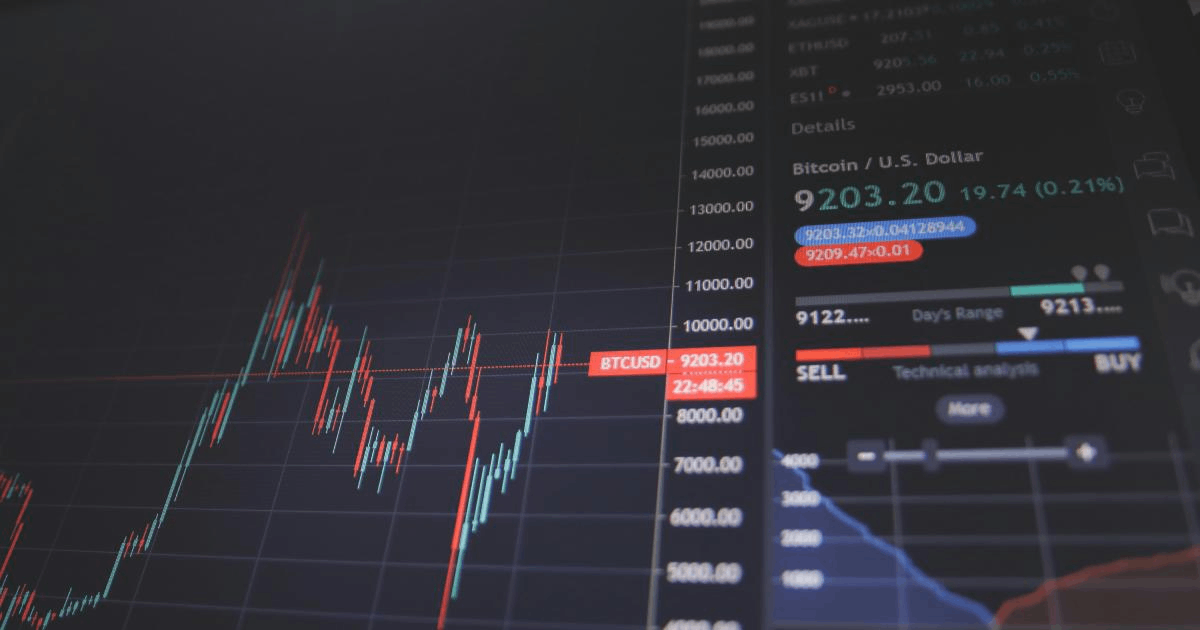
By Lawrence G. McMillan
As noted on page 1, a divergence has developed between $SPX (and the other major indices) – which have all been making new all-time highs – and the Russell 2000 ($RUT, IWM), which has not and has even broken down.
A very similar sort of thing happened in 1993 and early 1994, when $VIX was also at very low levels, and $SPX was making new all-time highs. Small caps (Value Line Index, at the time), started to deviate and negatively diverge. Eventually $VIX rose sharply after the Fed raised rates in March 1994. All stocks took a pretty good hit on that Fed move. Small caps went into a full-fledged bear market after that, but $SPX recovered the March losses in a couple of months. So the divergence grew into a wide chasm.
I suppose a similar scenario could exist now, but in the modern world there is very little chance that the Fed would throw in a surprise rate increase. I think the Fed understands now that this Keynesian philosophy of artificially low rates has worked just fine for stocks and bonds – and hasn’t seemed to hurt the economy.
$SPX did suffer another setback late in 1994, but that was due to the Orange County (California) trading scandal. It didn’t have anything to do with broad market conditions.
So it is worth noting this current divergence – and perhaps taking a short position in the Russell 2000 because of it, but it doesn’t mean $SPX will necessarily cave in. One could play this in a neutral manner – buying IWM puts and SPY calls – or could merely play it as a negative speculation on The Russell 2000.
This article was originally published in the 11/15/17 edition of The Option Strategist Newsletter.
© 2023 The Option Strategist | McMillan Analysis Corporation

